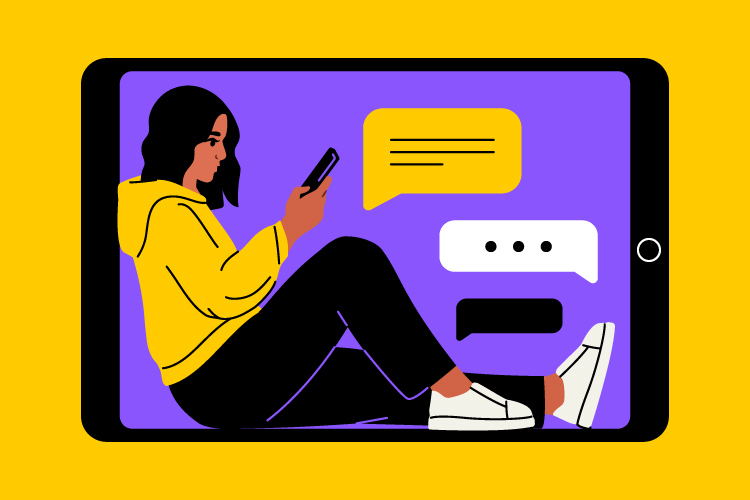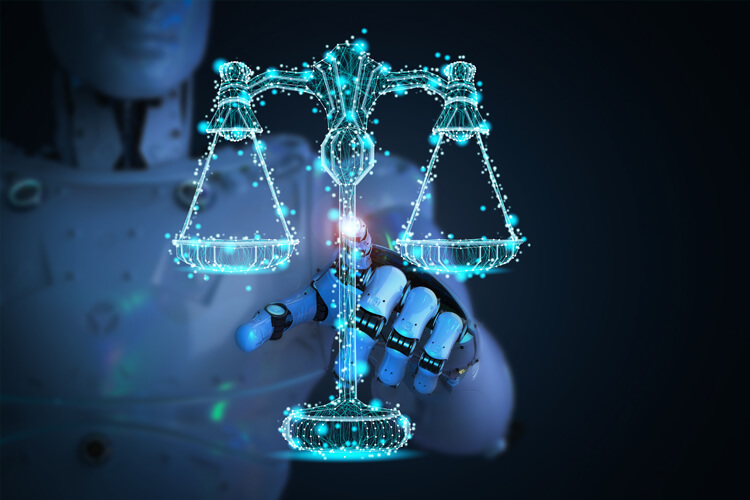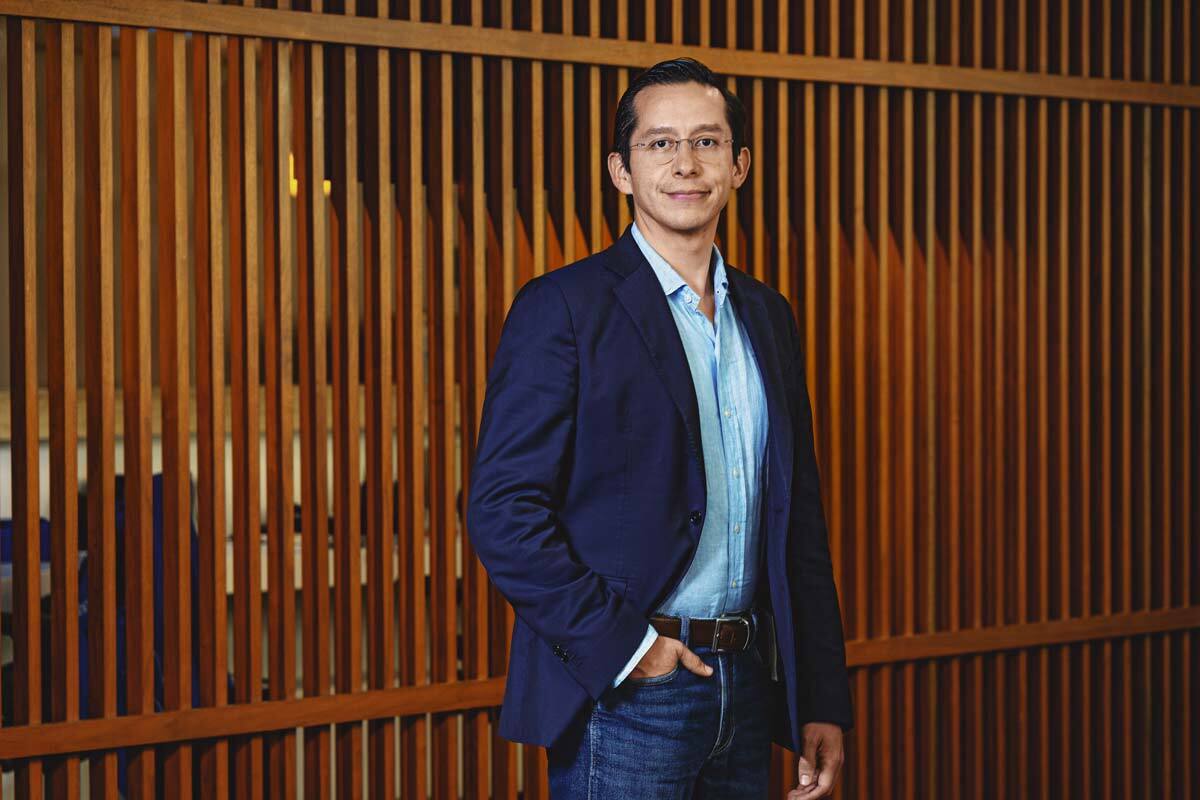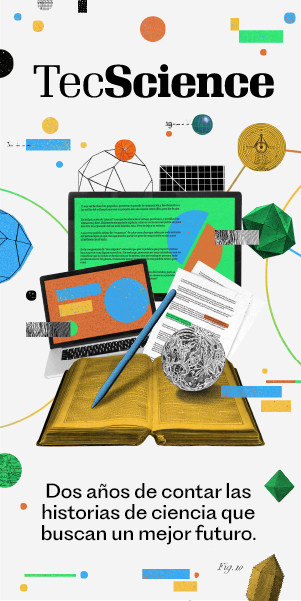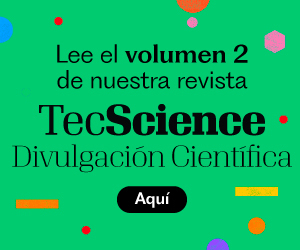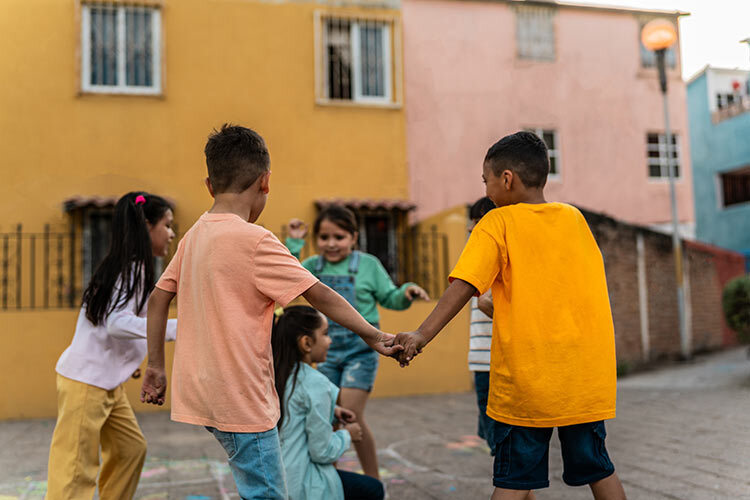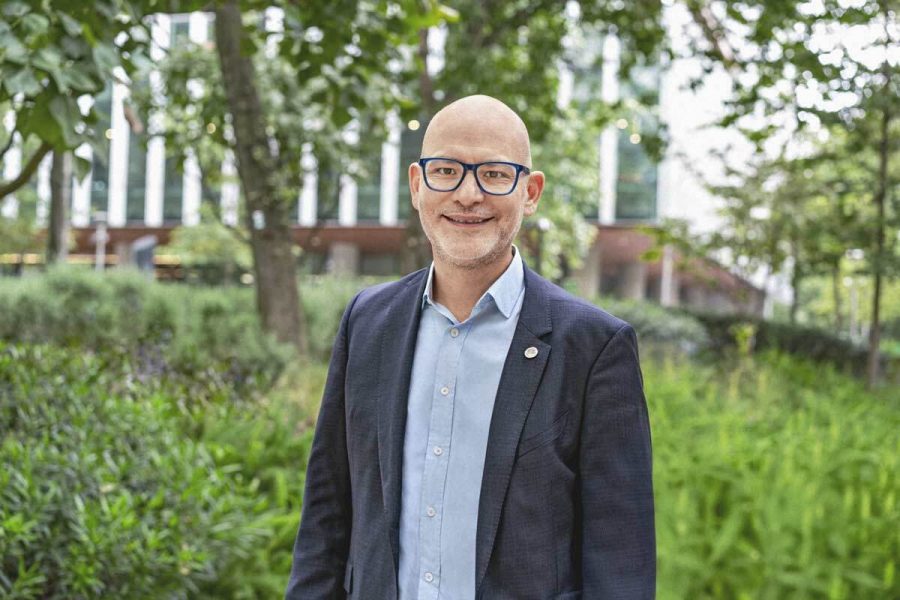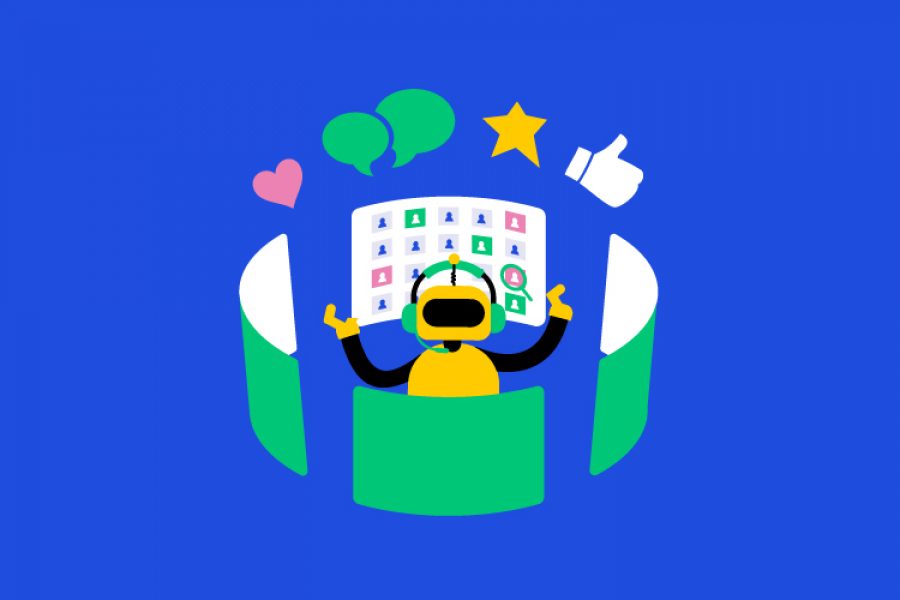You’ve probably heard the phrase “this new generation seems like they were born with a screen in their hands” to describe so-called digital natives. The term, coined in 2001 by Marc Prensky, refers to those born into a world surrounded by computers and smartphones.
But the concept has since evolved to capture those who move seamlessly across the increasingly blurred line between the physical and virtual worlds: digital inhabitants.
With the sweeping changes brought on by technologies like artificial intelligence, combined with the surge in hyperconnectivity during the Covid-19 pandemic, researchers are now defining and describing a generation shaped by online learning and lingering uncertainty.
“We call them digital inhabitants—those born between 1997 and 2012, who spent their final years of primary and secondary education during the Covid-19 pandemic. As we studied them, we realized they had distinct traits that even Prensky hadn’t identified in his original idea of the digital native,” explains Fernando Gutiérrez, a researcher and director of the Humanities and Education Division for the Mexico City region at Tec de Monterrey.
What Are the Differences Between “Digital Natives” and “Digital Inhabitants”?
Fernando Gutiérrez, together with his colleague Jerónimo Rivera, a professor at La Sabana University in Colombia, proposed the new term from an educational perspective.
To develop the concept, the researchers conducted an exploratory and documentary study, reviewing publications from 2019 to 2023 that focused on the centennial generation, their interaction with digital environments, and how certain behaviors were reflected in their learning styles.
They found that digital inhabitants are hyperconnected—constantly online through multiple mobile devices, especially smartphones, but also laptops, tablets, and smartwatches.
Their attention tends to be fragmented. While they possess multitasking skills and can juggle several devices at once, they rarely go deep into any one activity. This tendency toward distraction stems from their exposure to social media platforms like Instagram, Snapchat, and TikTok, which thrive on fast, bite-sized content such as images and short videos.
These apps also serve as arenas where they construct and project their identities. They use them as spaces for social validation, seeking approval and recognition through likes, followers, and views.
That’s why digital inhabitants also exhibit a high dependency on these connections, Gutiérrez explains. “It’s really quite striking. They can’t be without some device that connects them and lets them engage with the world. Take it away, and you risk triggering significant anxiety—they don’t know how to cope without it.”
Self-Directed or “On-Demand” Learning
This is also a generation that leans toward self-directed learning—a tendency that took shape during the pandemic, when most of them were in primary or secondary school. This experience helped shape what researchers call an “on-demand mindset,” where learning is driven by students’ immediate interests and their own sense of when, how, and how much they need to learn.
Although digital inhabitants may also be seen as tech-savvy, they are constantly processing vast amounts of information, which can hinder their ability to think critically.
Another challenge is their reliance on instant answers and short-form content, as found on platforms like Google, ChatGPT, or YouTube. This habit fosters low tolerance for delay and translates into weaker concentration skills.
They also tend to distrust traditional sources of information. Gutiérrez describes this as a form of “moral relativism,” where young people place more trust in their peers—such as influencers or online communities—than in scientific or educational institutions. For them, truth depends on who says it, rather than how well it’s supported by evidence.
Another major hurdle is the persistent access gap. While most young people today live in a digital environment, millions still lack access to internet-connected devices. “With the arrival of disruptive technologies like artificial intelligence, the divide between those with access and those without is only widening. That’s why we talk not just about one gap, but about multiple ones,” Gutiérrez notes.
Technological Agility: Rapid Adoption of Digital Tools
Despite the many challenges they face, digital inhabitants stand out for their technological agility. They adapt quickly to new platforms and tools, often learning without formal instruction, and they tend to prefer project-based learning with simulations or hands-on activities with real-world applications.
They also apply their creativity to skills like designing and sharing content on social media, using these platforms to engage with social, environmental, and political causes.
This reflects a proactive mindset, says Gutiérrez, noting that they aren’t just passive content consumers but also creators.
“At this point, we’re all digital inhabitants to some degree. But a centennial’s level of abstraction isn’t the same as that of someone from Generation X, a baby boomer, or even a millennial, because each group has had different reference points that shape how they perceive the world around them.”
How to Adapt to Digital Inhabitants
The next steps in this line of research will focus on delving deeper into areas such as fragmented attention and self-directed learning, as well as experimenting in real-world settings: What actually happens in classrooms? How do digital inhabitants absorb information? What tools do they use most frequently, and are these tools helpful or detrimental to their learning process?
For Gutiérrez, this exploratory study is crucial for institutions—especially those in higher education—to better adapt and respond to the needs and realities of this generation.
“Institutions will need to adjust their teaching methods to integrate digital tools that genuinely engage this group, without losing the human connection or the value of hands-on learning,” he says. “The recommendation is to use strategies that blend technology with elements like critical thinking, digital resilience, socioemotional skills, and an awareness of both the strengths and limitations of tech. We believe there will be a growing demand for pedagogical flexibility to support these students and help them reach their full potential.”
Were you interested in this story? Would you like to publish it? Contact our content editor to learn more: marianaleonm@tec.mx
